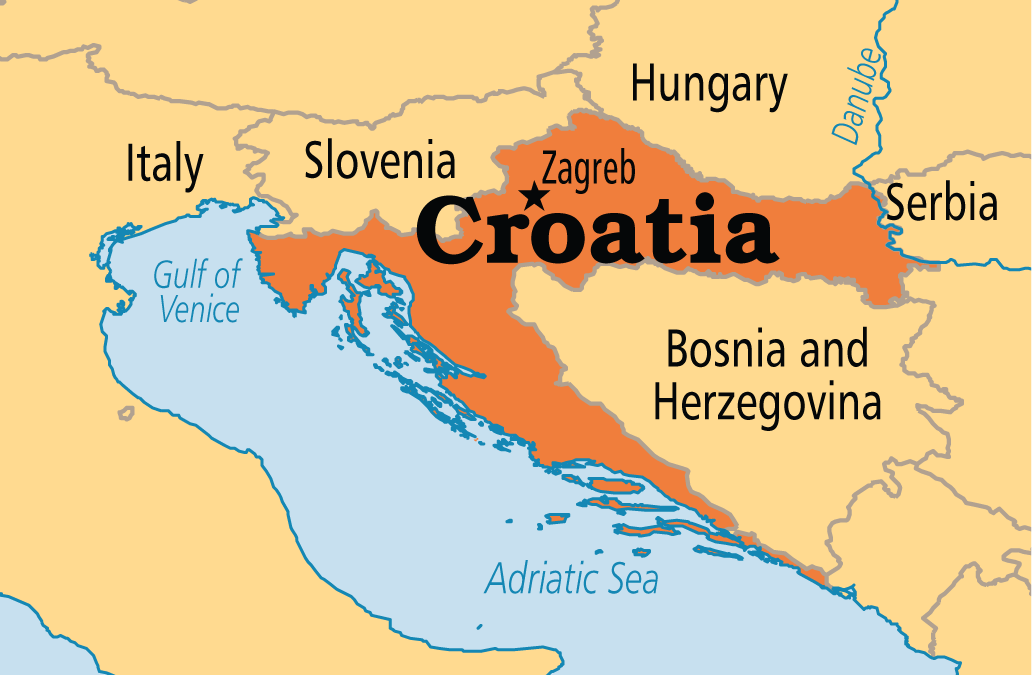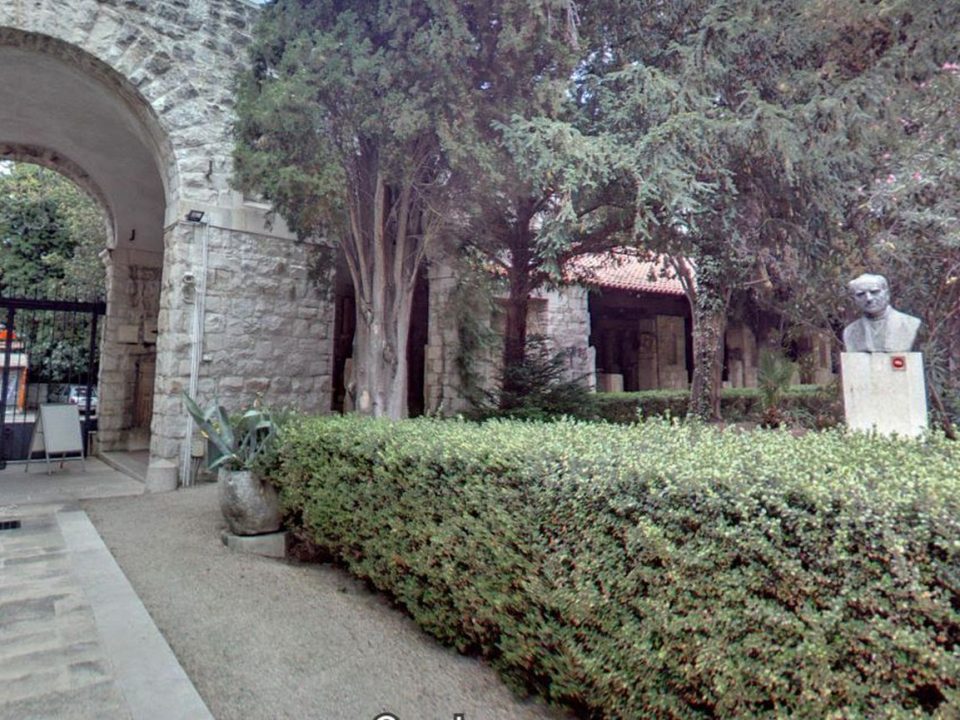Croatia – neighbouring countries
Croatia has the longest coast of all of the countries in Eastern Europe on the Adriatic. It is also bordered by five countries:
1. Bosnia and Herzegovina – it has the longest border with the surrounding Croatia;
2. Slovenia – northwest of Croatia;
3. Hungary – North of Croatia;
4. Serbia – Northeast of Croatia;
5. Montenegro – Southeast of Croatia.

1. Bosnia and Herzegovina most visited location include the country capital Sarajevo (about 4 hours drive from Split), Mostar (about 2 hours drive from Split) and Međugorje (in vicinity on Mostar). There are organised day trips from Split to Međugorje. There is also a direct bus line connecting Split with the major cities and towns in Bosnia and Herzegovina (www.ak-spit.hr). BiH is not a part of the European Union so you will need proper travel document (passport) if you are planning to visit this country.
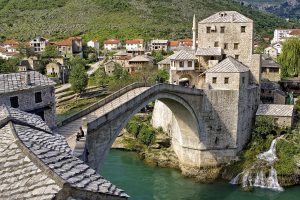
2. Slovenia is a member of the European Union, Schengen Agreement and NATO. Four major European geographic regions meet in Slovenia: the Alps, the Dinaric area, the Pannonian plain and the Mediterranean. Slovenia’s highest mountain, the three-peaked Triglav, is depicted on the national flag. Main tourist attractions include the famous caves with their decor of stalactites and stalagmites in Postojna. Slovenia has a 46 km long coastal strip on the Adriatic, an alpine mountain region adjacent to Italy and Austria, mixed mountains and valleys with numerous rivers to the east.
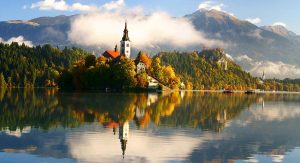
3. Hungary is a country in Central Europe, it’s one of the 15 most popular tourist destinations in the world. The country offers many diverse destinations: relatively low mountains in the north-west, the Great Plain in the east, lakes and rivers of all sorts (including Balaton – the largest lake in Central Europe), and many beautiful small villages and hidden gems of cities. Top this off with Hungary’s great accessibility in the middle of Europe, a vivid culture and economy, and you get a destination absolutely not worth missing if you’re in the region. Hungary is also a member of the European Union and Schengen Agreement.

4. Serbia is a country located in the Balkans, in Southern Europe. During the summer tourists love spending their time in Serbia and enjoy the nature of many national parks throughout the country. In winter, they are warmly welcomed to mountain resorts (one of the most popular being Kopaonik, featured on BBC as one of the best ski destinations in Europe). There are also many spa resorts such as Sokobanja, Niška Banja and Vrnjačka Banja. The capital of Serbia is Belgrade (Beograd), a cosmopolitan city at the confluence of the Danube and Sava rivers; Stari Grad, Belgrade’s old town, is dominated by an ancient fortress called the Kalemegdan and includes well-preserved examples of medieval architecture. Serbia’s second city, Novi Sad, lies upstream on the Danube; a cultural and educational centre, it resembles the university towns of nearby Hungary in many respects.
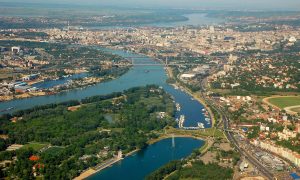
5. Montenegro is situated in the south of the Adriatic sea. Nowhere else you can find so much natural beauty, mild beaches, clear lakes, fast rivers and gorgeous mountains in such a compact area as in Montenegro. Take long morning walks along the beautiful Adriatic coast, have lunch on the banks of Skadar Lake or enjoy an evening hike in the mountains. Montenegro’s southern areas along the coast enjoy a Mediterranean climate, having dry summers and mild, rainy winters. Central and northern regions have Continental climate, where temperature varies greatly with elevation. Podgorica, the capital city, lying near sea level in the valley of the central region, is noted for having the warmest July temperatures in Montenegro, averaging 35-40°C (95-104 F).


